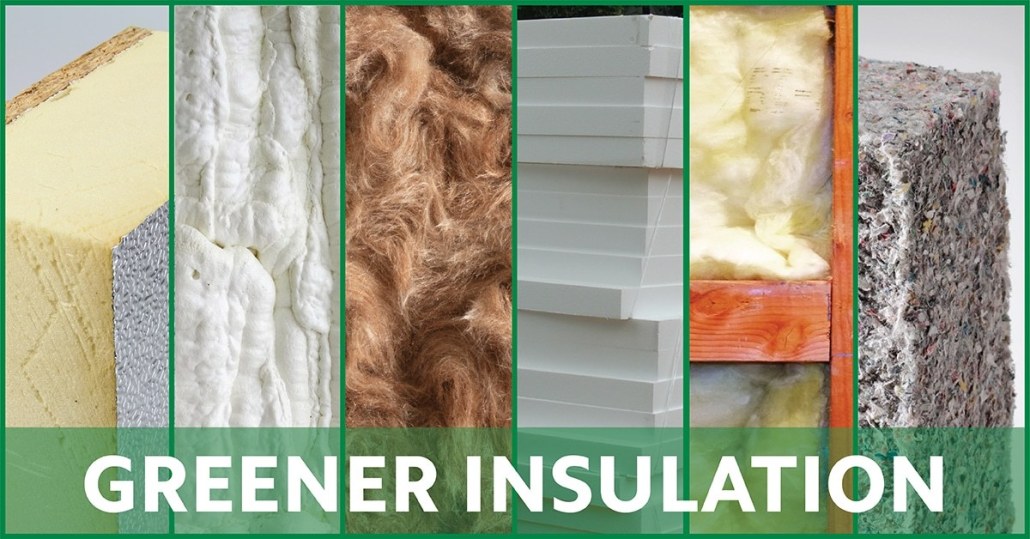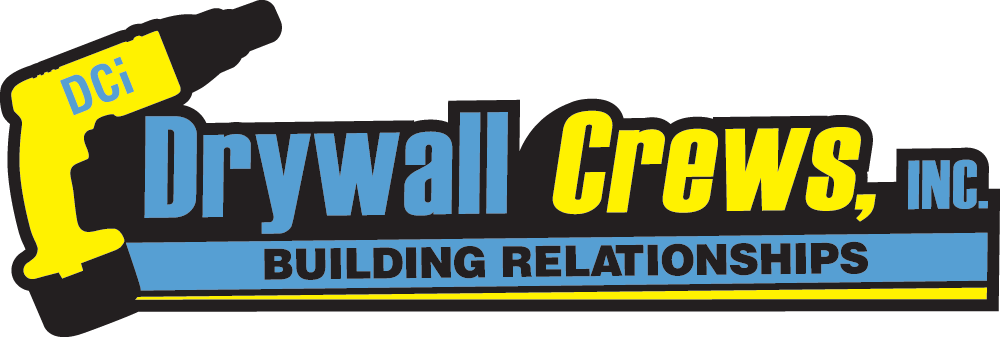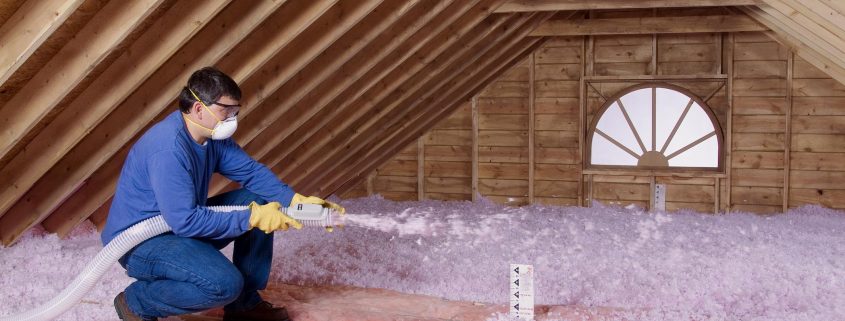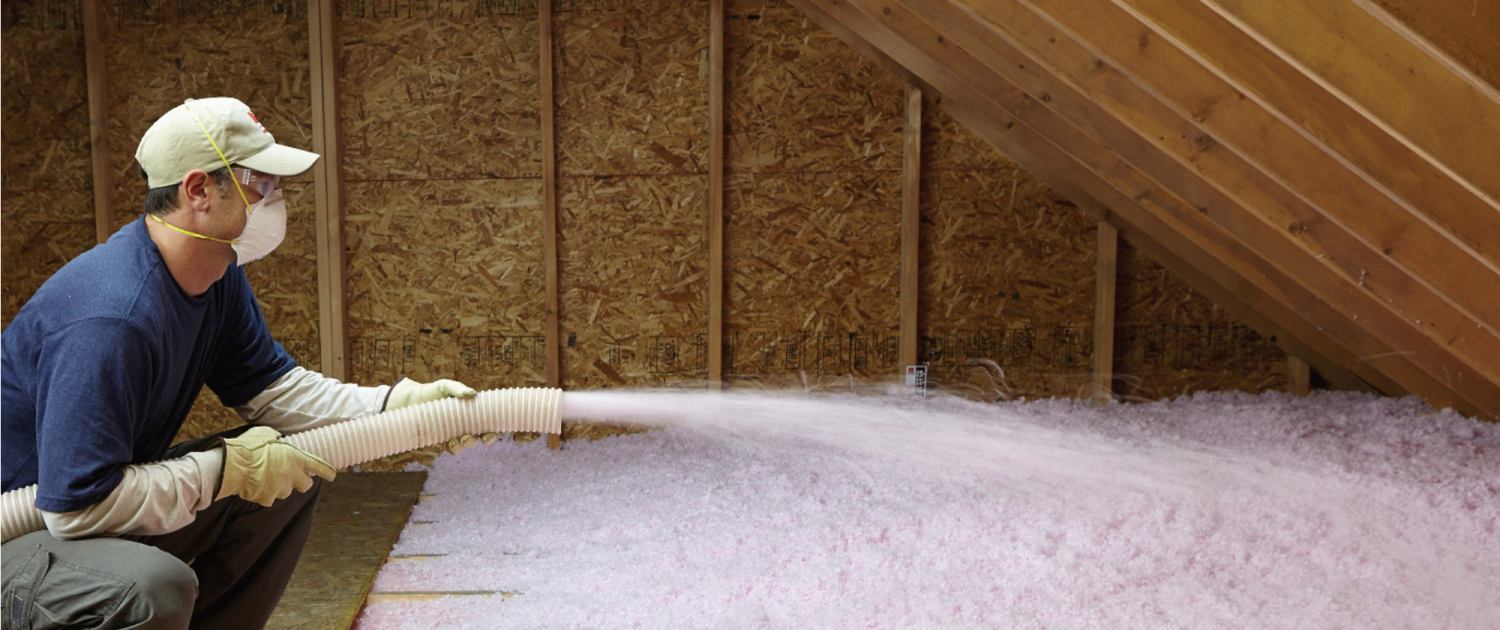Building insulation is any object in a building used as insulation for any purpose. While the majority of insulation in buildings is for thermal purposes, the term also applies to acoustic insulation, fire insulation, and impact insulation (e.g. for vibrations caused by industrial applications). Often an insulation material will be chosen for its ability to perform several of these functions at once.
There are essentially two types of thermal building insulation – bulk insulation and reflective insulation. Most buildings use a combination of both types to make up a total building insulation system. The type of insulation used is matched to create maximum resistance to each of the three forms of building heat transfer – conduction, convection, and radiation.
Conductive and convective insulators
Bulk insulators block conductive heat transfer and convective flow either into or out of a building. The denser a material is, the better it will conduct heat. Because air has such low density, air is a very poor conductor and therefore makes a good insulator. Insulation to resist conductive heat transfer uses air spaces between fibers, inside foam or plastic bubbles and in building cavities like the attic. This is beneficial in an actively cooled or heated building, but can be a liability in a passively cooled building; adequate provisions for cooling by ventilation or radiation are needed.
Radiant heat barriers
Radiant barriers work in conjunction with an air space to reduce radiant heat transfer across the air space. Radiant or reflective insulation reflects heat instead of either absorbing it or letting it pass through. Radiant barriers are often seen used in reducing downward heat flow, because upward heat flow tends to be dominated by convection. This means that for attics, ceilings, and roofs, they are most effective in hot climates. They also have a role in reducing heat losses in cool climates. However, much greater insulation can be achieved through the addition of bulk insulators.
Some radiant barriers are spectrally selective and will preferentially reduce the flow of infra-red radiation in comparison to other wavelengths. For instance low-emissivity (low-e) windows will transmit light and short-wave infra-red energy into a building but reflect the long-wave infra-red radiation generated by interior furnishings. Similarly, special heat-reflective paints are able to reflect more heat than visible light, or vice versa.
Thermal emissivity values probably best reflect the effectiveness of radiant barriers. Some manufacturers quote an ‘equivalent’ R-value for these products but these figures can be difficult to interpret, or even misleading, since R-value testing measures total heat loss in a laboratory setting and does not control the type of heat loss responsible for the net result (radiation, conduction, convection).
A film of dirt or moisture can alter the emissivity and hence the performance of radiant barriers.
Limited Environmental Impact
Eco-friendly insulation is a term used for insulating products with limited environmental impact. The commonly accepted approach to determine whether or not an insulation products, but in fact any product or service is eco-friendly is by doing a life-cycle assessment (LCA). A number of studies compared the environmental impact of insulation materials in their application. The comparison shows that most important is the insulation value of the product meeting the technical requirements for the application. Only in a second order step a differentiation between materials becomes relevant. The report commissioned by the Belgian government to VITO is a good example of such a study. A valuable way to graphically represent such results is by a spider diagram.


Life-cycle assessment (LCA, also known as life-cycle analysis, ecobalance, and cradle-to-grave analysis) is a technique to assess environmental impacts associated with all the stages of a product’s life from raw material extraction through materials processing, manufacture, distribution, use, repair and maintenance, and disposal or recycling. Designers use this process to help critique their products. LCAs can help avoid a narrow outlook on environmental concerns by:
- Compiling an inventory of relevant energy and material inputs and environmental releases;
- Evaluating the potential impacts associated with identified inputs and releases;
- Interpreting the results to help make a more informed decision






